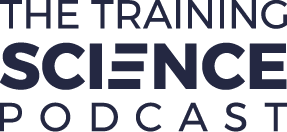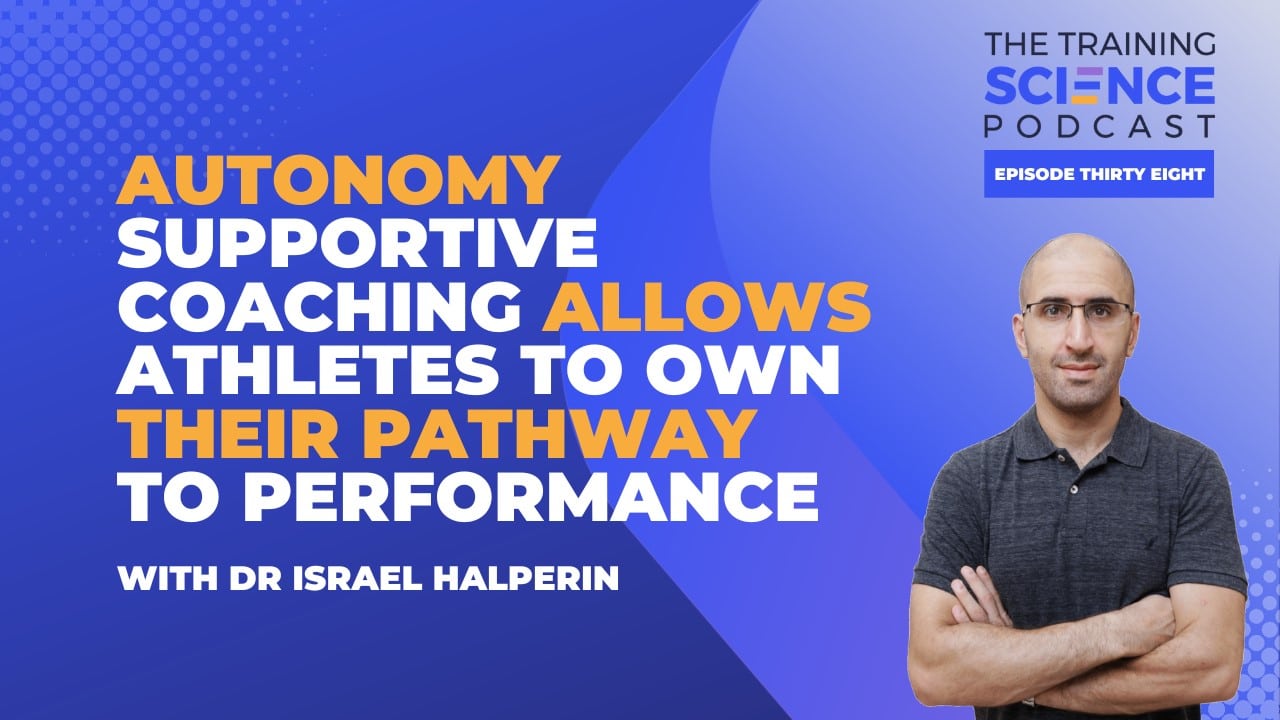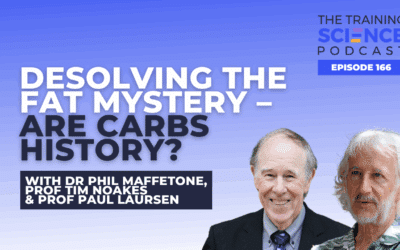Listen to the episode now or find us on Spotify and Apple Podcasts.
Show Notes
- It is essential for exercise and sport science researchers to find the middle ground between just explorative science that is “interesting”, and providing extremely useful practical data that coaches can use on a day-to-day basis.
- Work-to-rest ratios may not NEED to be exact, nor measured during a HIIT session. Providing a total “RESTING BANK” time, may result in similar results, as well as give the athletes the autonomy to use as much as rest as they want, when they want.
- RPE is more complex than you think: what is “10/10”? Do you define it for the athlete or do you give them free reign over defining the “maximum”? It seems that it matters, and it can have a significant impact on how RPE is utilized by the athletes, as well as what results you get in terms of performance.
- Velocity-based strength training may be possible without really measuring velocity. It appears that you can just use ONE SHORT calibration session for athletes, and from there they are able to estimate the velocity of their movements relatively well.








